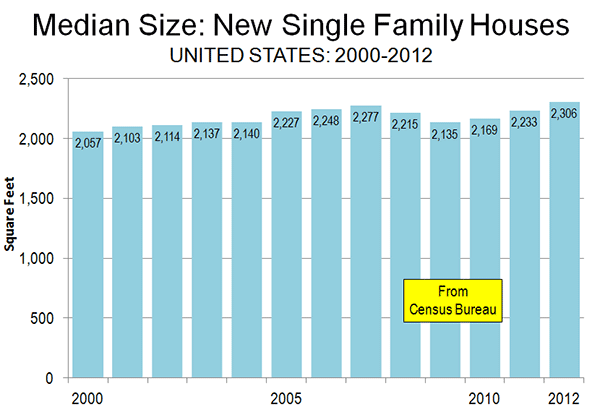In a Daily Telegraph commentary, London Mayor Boris Johnson expects the proposed high-speed rail line from London to Birmingham (HS2) to cost £70 billion (approximately $105 billion). This is two thirds more than the most recent estimate of £42 billion (approximately $63 billion), which includes a recent increase in costs from £32 billion (approximately $48 billion) for the 140 mile long first segment. Johnson wrote:
“This thing isn’t going to cost £42 billion, my friends. The real cost is going to be way north of that (keep going till you reach £70 billion, and then keep going).
He concludes:
“So there is one really critical question, and that is why on earth do these schemes cost so much?”
A possible answer comes from Oxford University, 60 miles from London. Oxford professor Bent Flyvbjerg, along with Nils Bruzelius (a Swedish transport consultant) and Werner Rottenberg (University of Karlsruhe and former president of the World Conference on Transport Research) reviewed 80 years of infrastructure projects found and low-balling of cost estimates routine (Megaprojects and Risk: An Anatomy of Ambition). They characterize the process as "strategic misrepresentation," which they shorten to "lying," in unusually frank language.
It is not just the apparent dishonesty of the process --- it is that unreasonably low cost estimates entice governments into approving projects that have been marketed on false pretences. Once committed to such a project, public officials, find it nearly impossible to “jump off the train,” as it were. The loss of face could well be followed by a loss at the next election. Flyvbjerg, et al characterize “strategic misrepresentation” as “lying.”
There could be other difficulties. The government claims that trains will peak at 225 miles per hour (360 kilometers per hour), considerably higher than the 199 mile per hour (320 kilometer per hour) maximum speed. High speed rail in China, Spain, France and Korea also promised faster operation, but not delivered. Safety may be a reason, as suggested in a Wall Street Journal article:
“An executive at a non-Chinese high-speed train manufacturer said running trains above speeds of 330 kilometers an hour poses safety concerns and higher costs. At that speed threshold, wheels slip so much that you need bigger motors and significantly more electricity to operate. There is also so much wear on the tracks that costs for daily inspections, maintenance and repairs go up sharply. That's why in Europe, Japan and Korea no operators run trains above 320 kilometers an hour, the executive said…”
HS2 seems to be on track to follow California in its unprecedented high speed rail cost escalation. The last cost estimate for the 400 mile plus high-speed line from Los Angeles to San Francisco was three times the cost (inflation adjusted) projected in 1999 (midpoint, see the Reason Foundation’s California High Speed Rail: An Updated Due Diligence Report, by Joseph Vranich and Wendell Cox). Public outcry over the escalating costs forced approval of an alternative “blended” system that would use conventional tracks and non-high speed rail speeds at the northern and southern ends. Even so, the scaled back version is estimated to cost $60 billion, inflation adjusted (£40 billion), 150 percent more than the 1999 projection for a genuine high speed rail line.
Mayor Johnson may be optimistic in his £70 billion prediction. Procurement expert Stephen Ashcroft, of Brian Farringdon, Ltd. says: “We confidently predict that the final project outturn actual cost will exceed £80 billion” (emphasis in original). There is, of course risk in such projections. Joseph Vranich and I found that out when our maximum cost escalation prediction in The California High Speed Rail Project: A Due Diligence Report, (2008) turned out to be way low. It was exceeded by more than one-half and in just four years.
Also see: The High Speed Rail Battle of Britain













